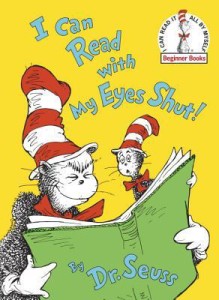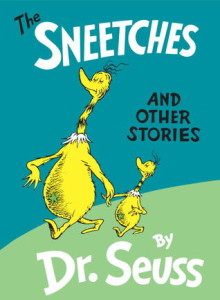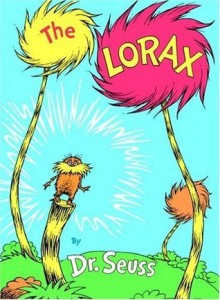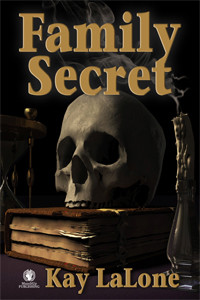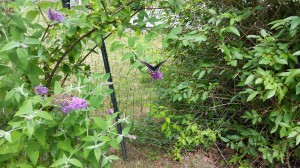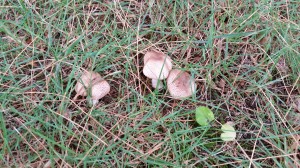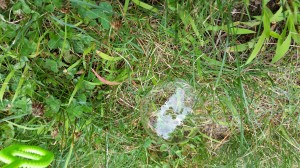I’m very pleased to have historical novelist Rosemary Morris, author of The Captain and the Countess, share some of her writing wisdom today on the blog. Let’s give Rosemary a big welcome on her book b-day!
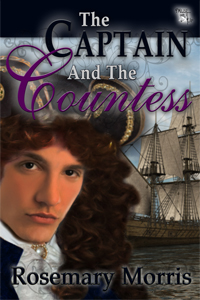 Thank you very much for inviting me to be your guest.
Thank you very much for inviting me to be your guest.
As you know I am a historical novelist, and one of the questions frequently put to me is: “Where do you get your ideas from?”
Usually, the idea for a plot comes from something I have read in a non-fiction book. While I am working in my organic garden, where I grow herbs, fruit and vegetables or while I am using them in my vegetarian cuisine, I think about the plot and theme. I ask myself the following questions. “Who are the main characters? What is going to happen? Where will it happen? When will it happen? Why will it happen?”
Before I can begin to write a historical fiction novel I name the characters. This is very important. They must be appropriate for the period when the story takes place. After I have chosen their names, I compose detailed character profiles. By the time I am ready to write the first sentence, I know who their ancestors were, what they look like, where they were educated, when they were born, what their favourite perfume is, their eccentricities, their hopes and fears etc. Although I only use a fraction of the four page profiles they create people who live and breathe in my imagination.
A frequent remark which people make is: “I could write a book.” I am sure they could if they set aside time to write. I wake at 6 a.m. and with short breaks I work until 10 or 11 a.m. If I am at home for the rest of the day I work from 1.30 p.m. until 3 p.m. and 5 p.m. until 8 p.m.
To complete a novel an author must be self-disciplined. The important thing is to keep to a routine. As I sip my early morning tea I revise the pages I wrote on the previous day and then continue the story. Whether my muse is with me or not my goal is to write 2,000 words but if I need to research something, depending on how much time that takes, I write less.
Part of my writing time includes reading historical non-fiction to research a wide variety of subjects – for example, clothes, food, furnishings, economic and social history. I also read poetry, fiction, letters, biographies and auto-biographies dating back to the era I am writing about. I believe historical novelists have a duty to reconstruct the life and times of their characters and recreate their world. In my opinion, the further back in time a novel takes place the harder it is to enter the minds of people who lived then, but although their culture and attitudes might have been different, they were driven by the same things as we are – love, hate, greed, revenge, duty, etc.
Apart from writing and research, which from time to time includes visiting places such as a stately home, garden or museum, I blog, apply critiques of my chapters from members of groups which I belong to and critique their chapters. This is mutually useful. We comment on rogue punctuation and spelling, query possible historical inaccuracies and tell each other what we like about each other’s novel
One thing is certain, my characters and I are never bored.
The Captain and the Countess blurb:
Set in England in the reign of Queen Anne Stuart – 1702 -1714
Why does heart-rending pain lurk in the back of the wealthy Countess of Sinclair’s eyes?
Captain Howard’s life changes forever from the moment he meets Kate, the intriguing Countess and resolves to banish her pain.
Although the air sizzles when widowed Kate, victim of an abusive marriage meets Edward Howard, a captain in Queen Anne’s navy, she has no intention of ever marrying again.
However, when Kate becomes better acquainted with the Captain she realises he is the only man who understands her grief and can help her to untangle her past.
E.books published by: MuseItUp Publishing available from the publisher, Amazon and elsewhere.
Tangled Love, Far Beyond Rubies (also available as a paperback) False Pretences, Sunday’s Child. New release 21st February 2014 The Captain and the Countess.
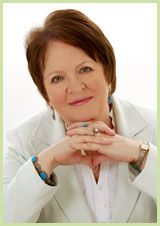 About the Author:
About the Author:
Rosemary Morris was born in 1940 in Sidcup Kent. As a child, when she was not making up stories, her head was ‘always in a book.’
While working in a travel agency, Rosemary met her Indian husband. He encouraged her to continue her education at Westminster College. In 1961 Rosemary and her husband, now a barrister, moved to his birthplace, Kenya, where she lived from 1961 until 1982. After an attempted coup d’état, she and four of her children lived in an ashram in France.
Back in England, Rosemary wrote historical fiction. She is now a member of the Romantic Novelists’ Association, Historical Novel Society and Watford Writers.
Apart from writing, Rosemary enjoys classical Indian literature, reading, visiting places of historical interest, vegetarian cooking, growing organic fruit, herbs and vegetables and creative crafts.
Her bookshelves are so crammed with historical non-fiction which she uses to research her novels that if she buys a new book she has to consider getting rid of one.
Time spent with her five children and their families, most of whom live near her is precious.
www.rosemarymorris.co.uk
http://rosemarymorris.blogspot.com
www.facebook.com/writerinagarret
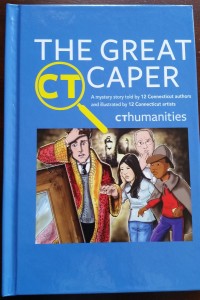 What better day than Dr. Seuss’s birthday than to celebrate how I’ve been living a creative life? And though I haven’t been writing in the drafting-a-new-book sense (my favorite kind of writing), I’ve been immersing myself in the creative life in other ways.
What better day than Dr. Seuss’s birthday than to celebrate how I’ve been living a creative life? And though I haven’t been writing in the drafting-a-new-book sense (my favorite kind of writing), I’ve been immersing myself in the creative life in other ways.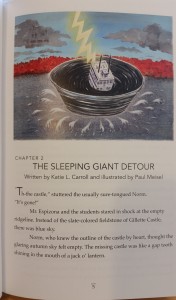 magical! Plus, talking with the librarians and teachers who teach these kids everyday is informative and inspiring.
magical! Plus, talking with the librarians and teachers who teach these kids everyday is informative and inspiring.